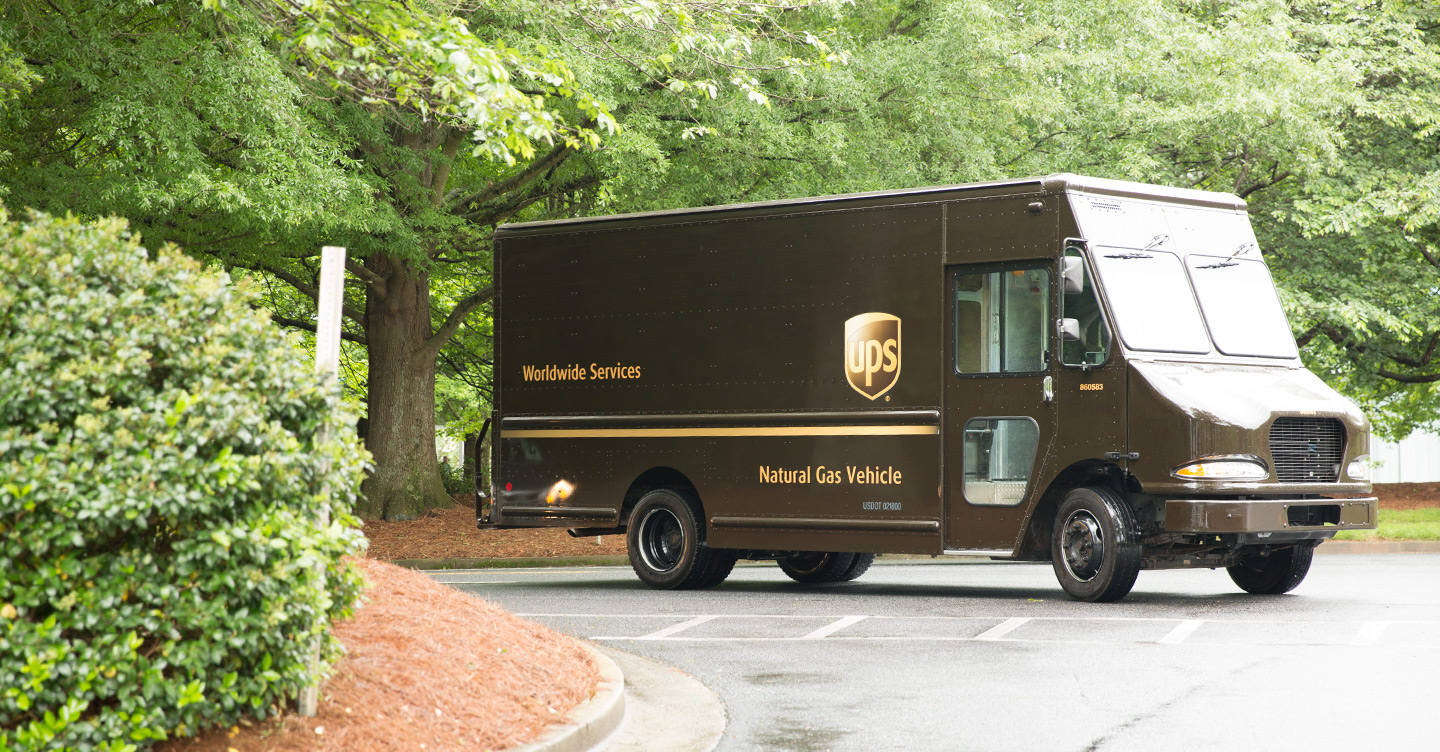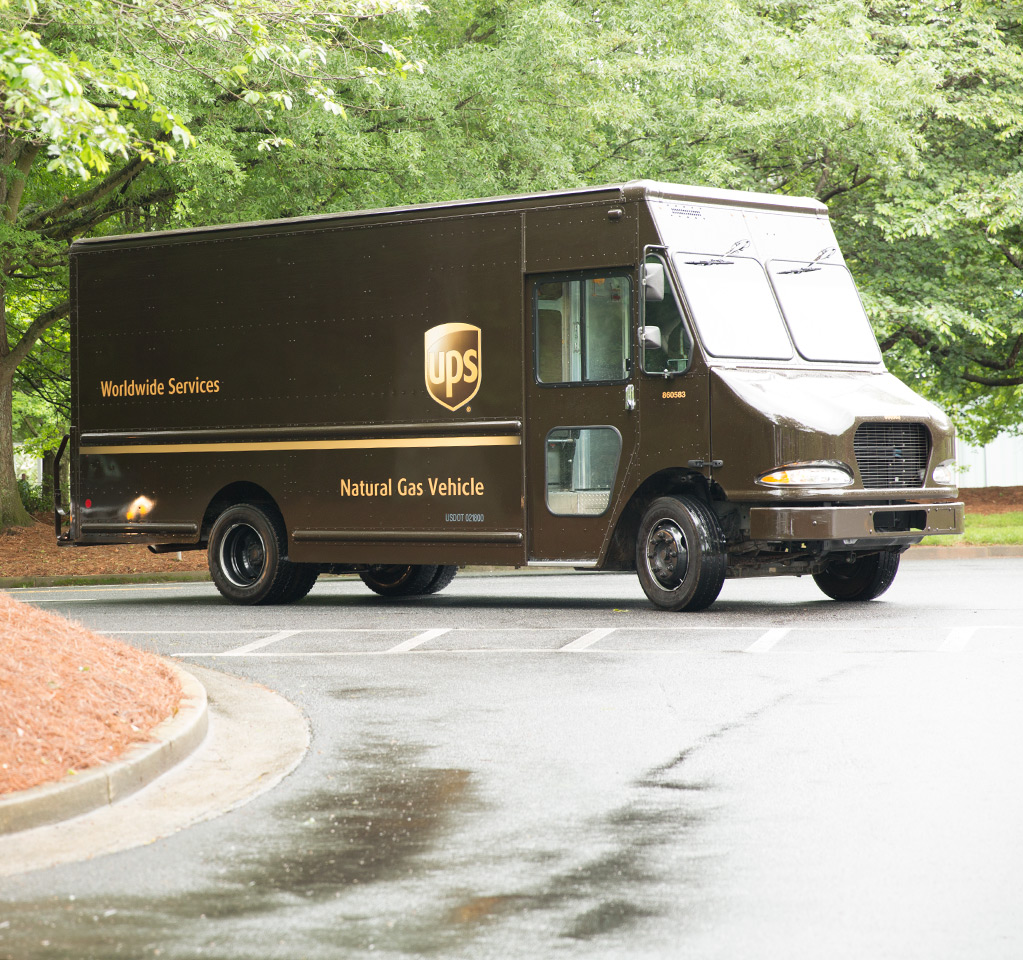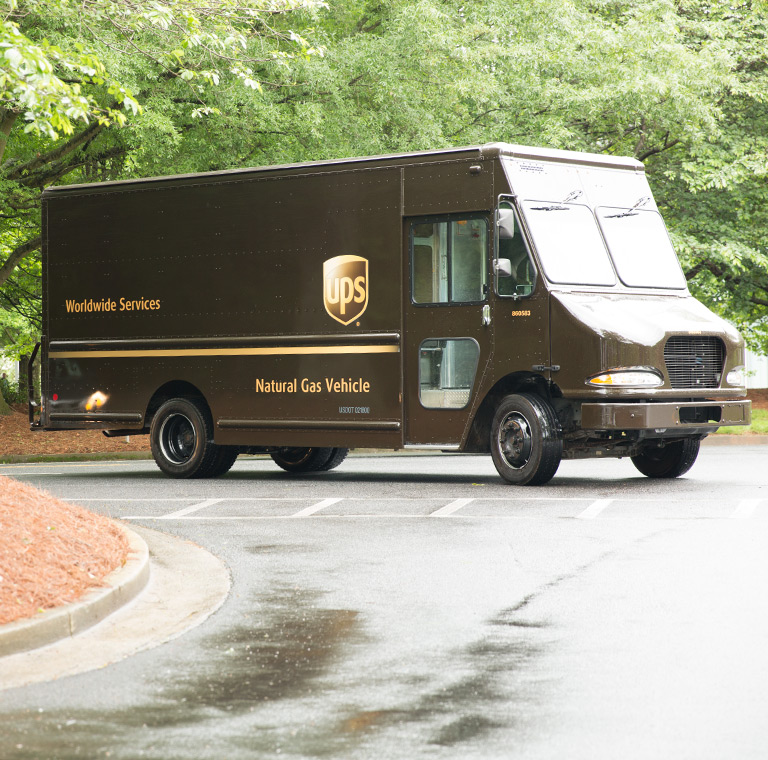UPS's carbon neutral shipping option supports projects that help offset emissions associated with our customers’ shipments. These projects include reforestation, landfill gas destruction, wastewater treatment, and methane destruction. The offsets we purchase meet the key standard of additionality, which means that the carbon reduction project produced a reduction in CO2e generation or sequestration of CO2e in addition to what would have been achieved by activities already planned or underway.
Our Methods
UPS utilizes a proprietary process to calculate the emissions generated by our small package, ground freight, air and ocean forwarding operations. We address the following emissions sources:
Scope 1: Direct emissions from the combustion of fuel in the UPS-operated ground vehicle fleet, UPS operated aircraft, and stationary sources associated with UPS-controlled facilities globally
Scope 2: Indirect emissions associated with purchased electricity in UPS-controlled facilities globally
Scope 3: Indirect emissions from the combustion of fuel in ocean, air, rail, and ground transportation operated by third parties in providing delivery services to UPS
Our emissions calculations are based on detailed knowledge of the UPS network and operations—knowledge that only UPS can provide.
California Assembly Bill 1305 (AB 1305) Voluntary Carbon Market Disclosures
UPS does not currently market, purchase, sell or use voluntary carbon offsets sold within the state of California as described in AB 1305. More information on the offset projects we do support can be found in our annual GRI Report and the Climate Impact Partners website.
We set interim goals, including reducing carbon intensity (CO2e) per global small package fifty percent by 2035,1 to demonstrate progress towards our overarching goal of achieving carbon neutrality by 2050. As indicated in our 2023 Statement of Greenhouse Gas (GHG) Emissions, Scope 1 and 2 greenhouse gas (GHG) emissions information is prepared in accordance with the World Resources Institute/World Business Council for Sustainable Development Greenhouse Gas Protocol: A Corporate Accounting and Reporting Standard (Revised Edition). Scope 3 GHG emissions information is prepared in accordance with the World Resources Institute/World Business Council for Sustainable Development Greenhouse Gas Protocol: Corporate Value Chain (Scope 3), Accounting and Reporting Standard. Deloitte & Touche LLP has provided reasonable assurance that our 2023 Scope 1, 2, and 3 emissions information has been prepared in accordance with defined standards altogether known as “the GHG Protocol.”
At UPS, we seek to implement solutions that help build stronger communities and a healthier environment. We’ve established a goal to reach carbon neutrality by 2050 and we’re making headway thanks to our innovation-driven investments into alternative fuels, renewable electricity and efficient facilities. Year over year progress towards our sustainability goals and notable achievements for the year are featured in our Sustainability and Social Impact Highlights Brochure. We expect variability in our interim progress towards sustainability goals as we transition assets and volume fluctuates within our network.
For further information on UPS’s GHG emissions monitoring and decarbonization efforts, please see our annual Sustainability Report.
Learn More About Sustainability Efforts at UPS
1 Included in this metric are the total Scope 1 and 2 emissions for our global operations. We use a carbon dioxide equivalent (CO2e) calculation which includes the equivalent sums of carbon dioxide (CO2), methane (CH4) and nitrous oxide (N2O). Emissions reductions are measured against a 2020 baseline.


